5 Tips to Keep Your Wood Siding Looking Top Notch
It’s spring time, and that means a chance to get your home looking its curb-side best. But what about your wood siding? “Often people think wood siding means a lot of maintenance,” says Jered Slusser of Pioneer Millworks, “but in all honesty there’s no more maintenance than other siding materials provided you have the right installation and expectations.” And that can mean no maintenance if you play your cards right. Here are our 5 tips for keeping your wood siding healthy for decades.
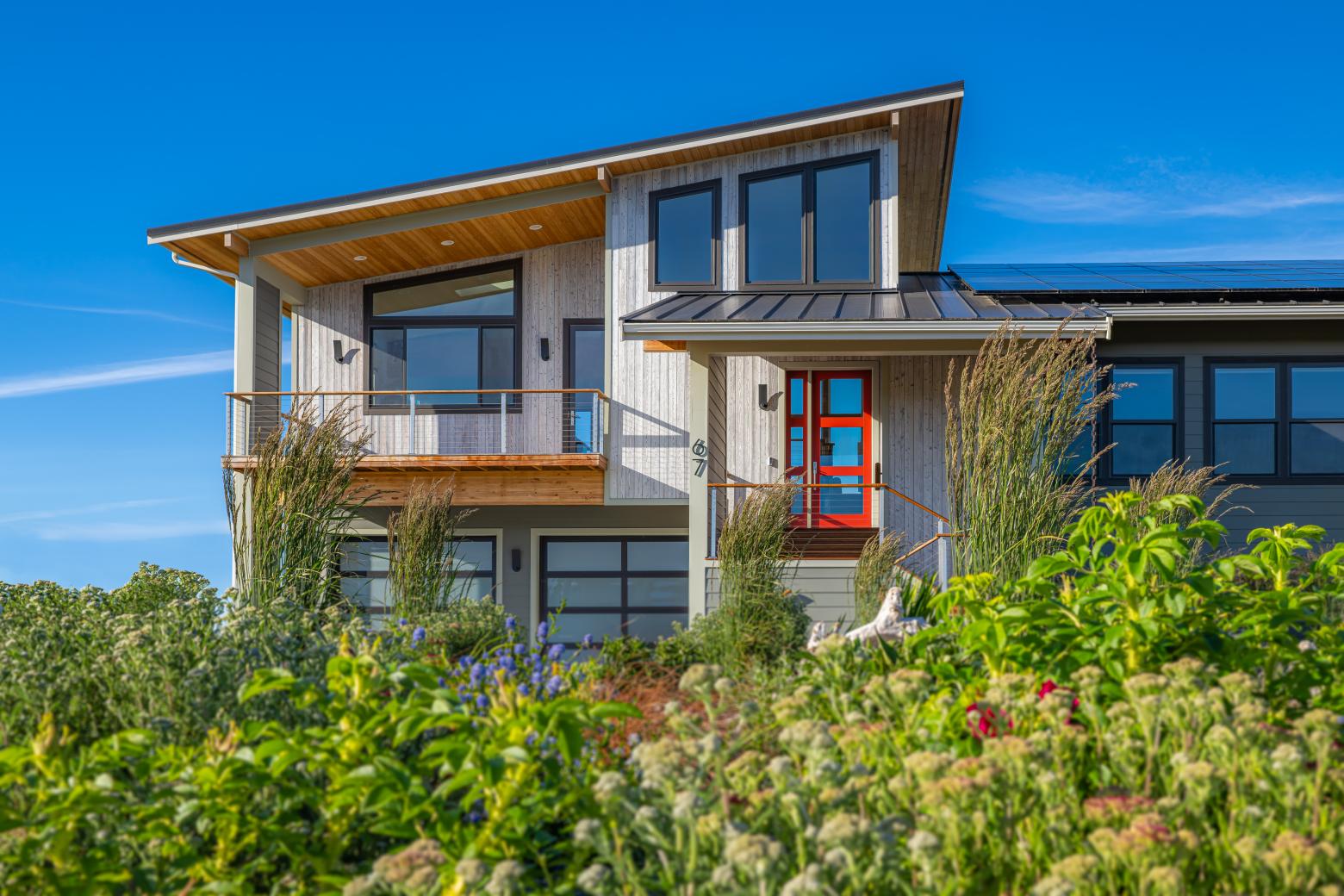
Pioneer Millworks Larch White — a Shou Sugi Ban finish in Washington State. Photo by Daniel Zetterstrom. See more of this project.
Success Hinges on Proper Installation
Not everyone can go back in time and make sure their siding is installed the proper way, but if you’re re-siding your home, or you’re building a new home, proper installation is the best thing you can do for your future maintenance. “A proper rainscreen so the wood siding can dry from both directions…keeping the siding a foot or so from the ground…using the right kind of fastener. All of these things make a big difference and allow your wood siding to outlive you,” says Slusser.

Pioneer Millworks Larch Carbon — a Shou Sugi Ban finish — with Larch Sand, in New York. Photo by Peter/Brown Architectural Photography . See more of this project.
Nail the Nails
“Wood is hydroscopic, taking moisture in and out all of the time. When it does that, it swells and shrinks—it moves. But your fasteners don’t, so this contrast makes them ‘wiggle out’,” Slusser shared.
With the change of the seasons take a walk around your structure with a hammer and if you see a nail that’s popped out, give it a light tap back in. If you’ve installed black siding, take a sharpie with you. “We like to give the nail heads a quick dot with a black sharpie — it’s the best way to make them blend right in,” says Slusser.
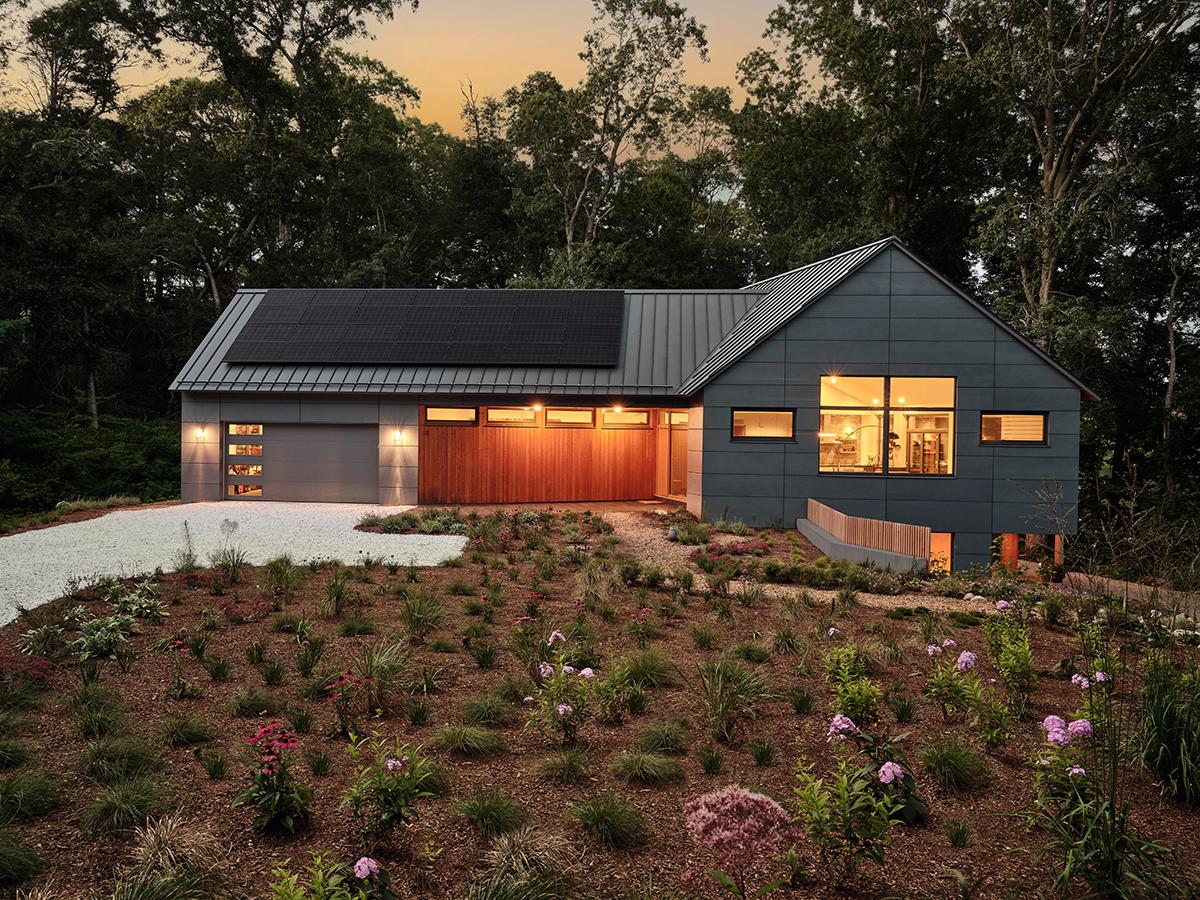
Pioneer Millworks Larch in Cape Cod. Photo by Dan Cutrona. See more of this project.
Check yer’ ends
The place wood takes in the most moisture is from the end-grain. Anywhere the end of the siding is exposed likely needs a quick touch up of finish. “Just a light coat will do you,” says Slusser. “This will protect any open end grain and give wood more finish to ward off moisture.”
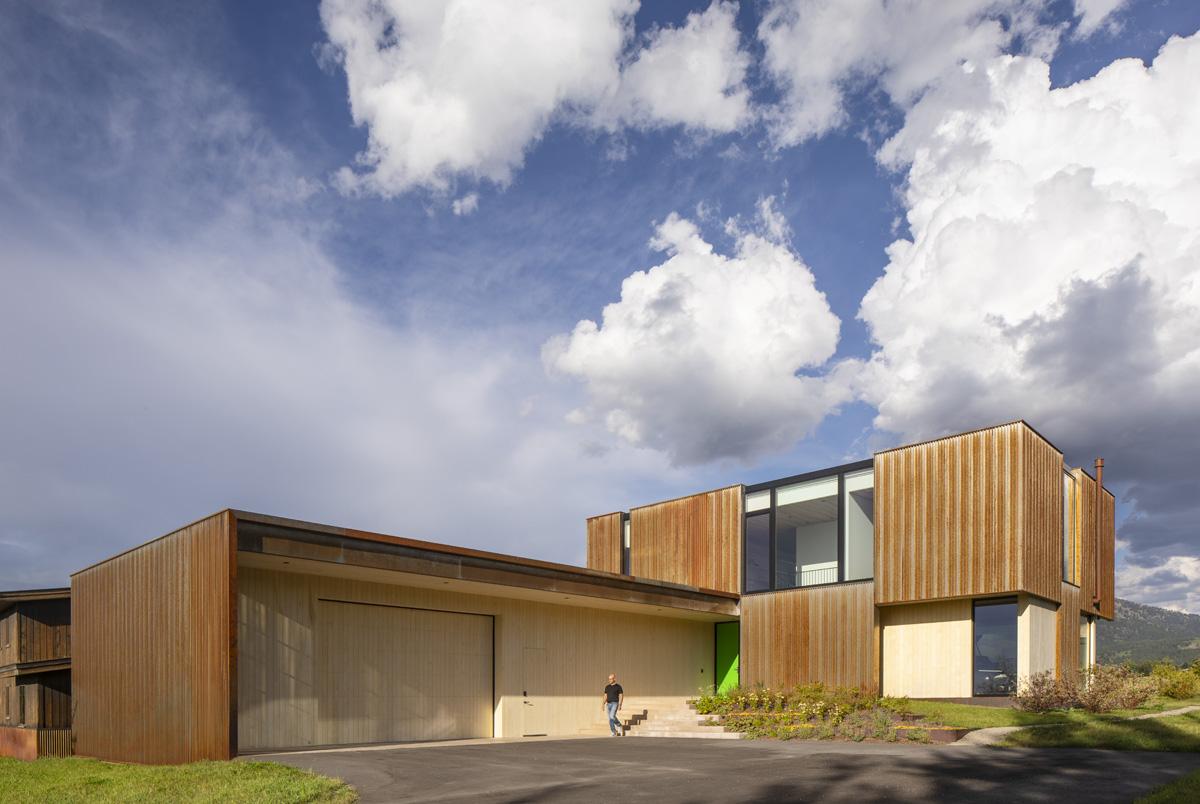
Pioneer Millworks Accoya Sand in Wyoming. Photo by Lara Swimmer/Esto . See more of this project.
A Quick Wash
One of the best spring chores for the outside of your home is a quick wash with water from a hose. “NOT a power washer,” urges Slusser. “All of our siding finishes, except Deep Char Shou Sugi Ban, should be lightly washed from time to time. This helps get the dust, dirt, sand, and air pollution off the siding that happens over time. Just get your regular hose and garden nozzle, step back, and hose it down.” If you take a power washer to your wood siding, or stand too close, you risk the chance of abrasion to the surface and leaving a permanent mark in the wood fiber. So giving the wood space and a gentle spray is key.
And you can even give it a little suds. “The attachments you can put on your hose where you can add a little light detergent like Dawn dish soap are a good idea once-in-a-while to really help get the dirt off,” says Slusser.
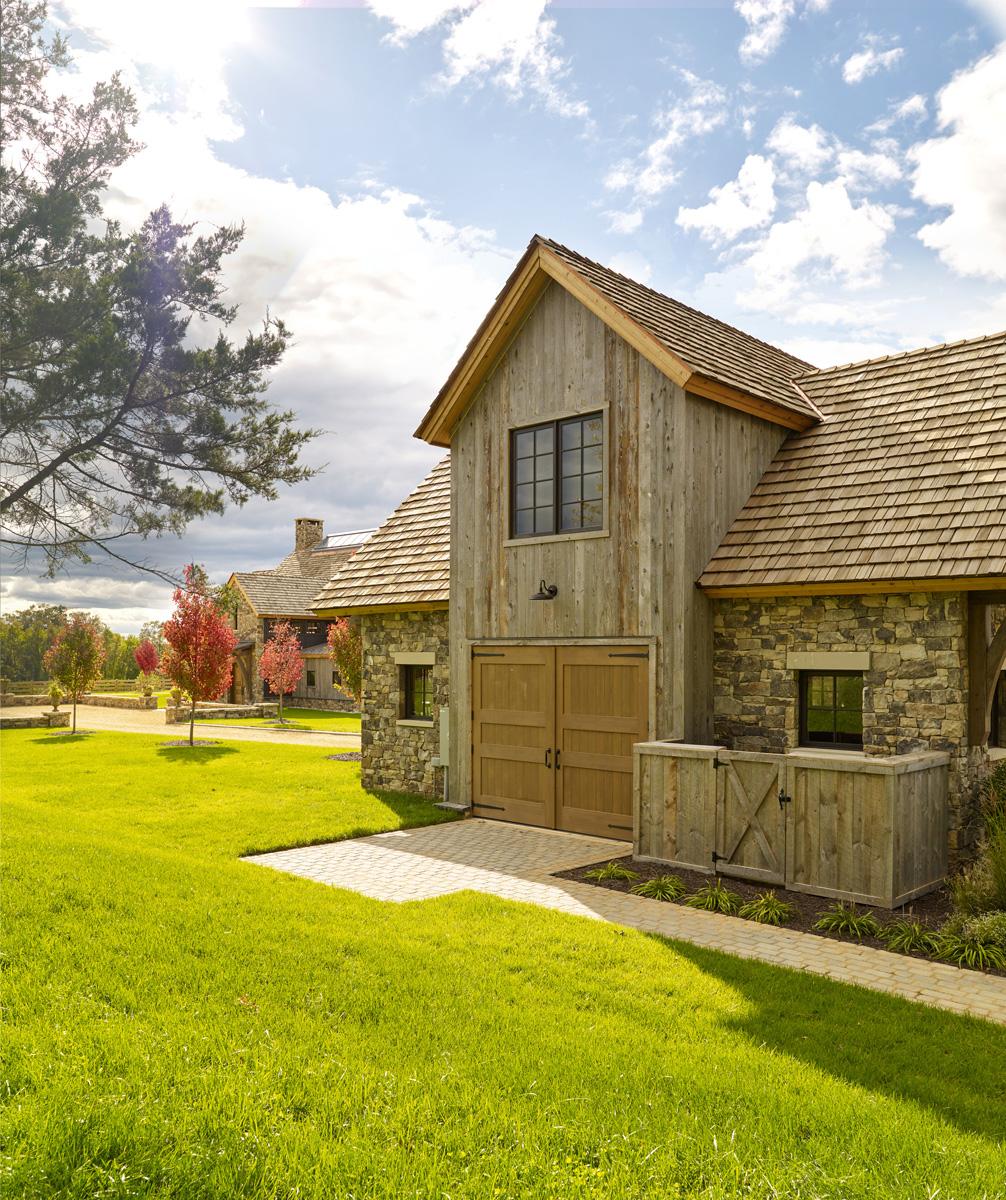
Pioneer Millworks Corral Board in Virginia. Photo by Darren Setlow Photography . See more of this project.
Choose Your Own Expectations
Wood siding’s finish is about protecting the wood, but it’s also about color. So how like new you want your house to look will dictate how often you have to refinish. “Once the wood has a penetrating finish on it and is installed properly it really doesn’t have to be refinished to stay healthy. Trapped moisture is the enemy of wood and what causes decay. So long as the wood can dry, you don’t really need to refinish it. It will age visually, yes. But like an old barn, the patina gives wood character,” says Slusser.
If you want a bright or consistent color, it’s a good idea to finish every few years. “Be sure you use the same finish you started with, or take the original finish off before you replace it with another brand or type,” recommends Slusser. “Finishes can react in funny ways with one another, and often age differently over time. We find this with blacks in particular.”
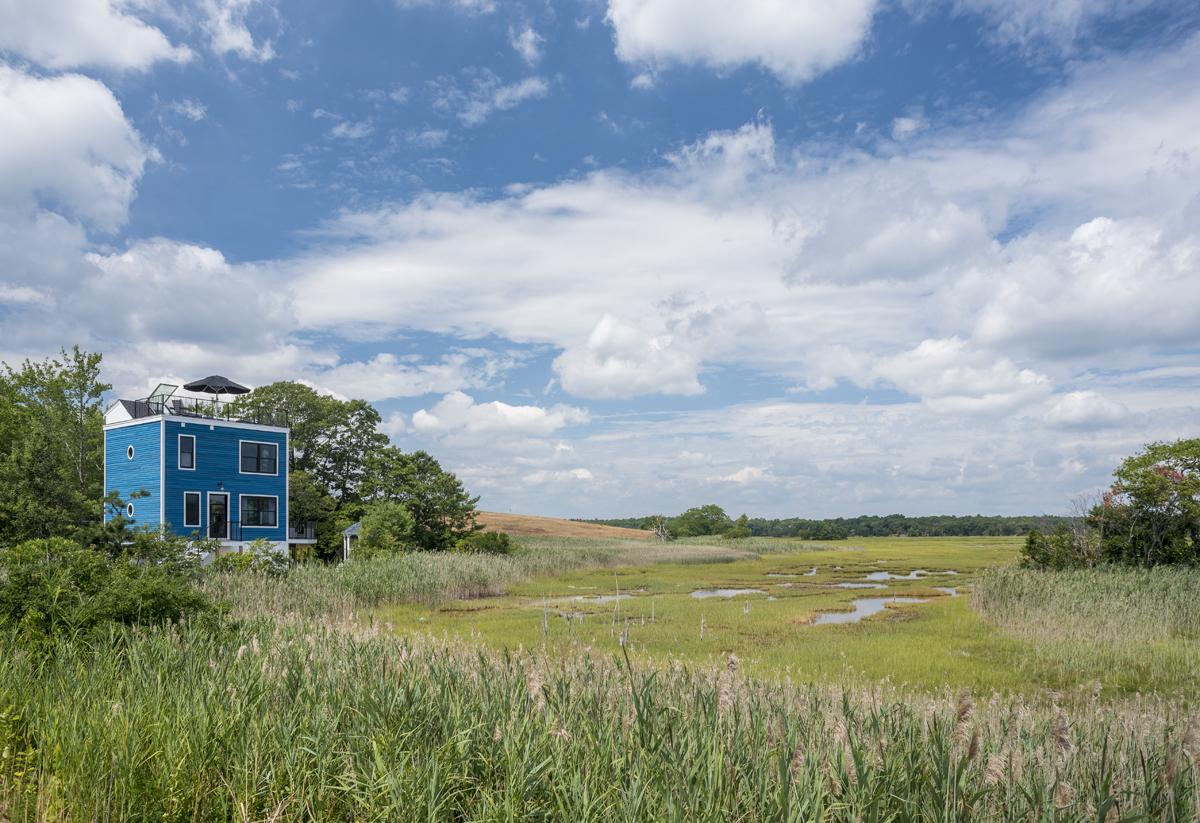
Pioneer Millworks Larch Cobalt — a Shou Sugi Ban finish — in Massachusetts. Photo by Scott Hemenway. See more of this project.
BONUS Tip — Your House is Uniquely Yours
One of the best tips is to remember that your house is the only one like it. “Which direction the house faces, where the south & west side are, how the wind hits it, what vegetation is nearby, the climate — all of these things affect maintenance and aging of siding,” says Slusser. “People will ask us ‘but how will my wood siding look in 2-3 years?’ and it’s an impossible question for me to really answer because there are so many factors involved. The best advice I give clients is to remember that wood siding is a natural material and like all things in nature it’s made to weather but it’s not going to be predictable like a man-made material. We think that’s the beauty of it — that your house is the only one like it. Your siding color after it ages a bit is something only YOU have. It makes it really special and tells the story of your home.”





